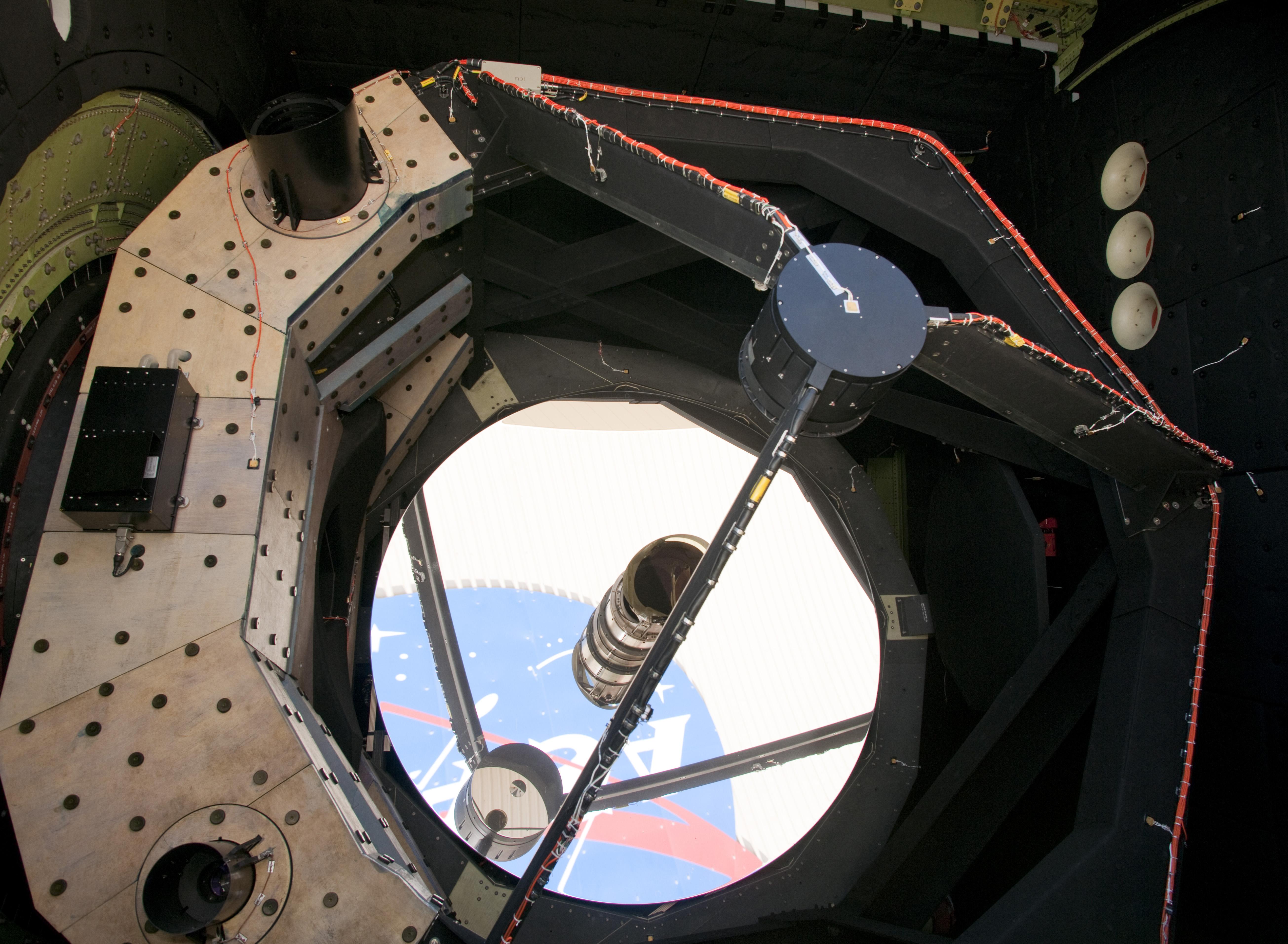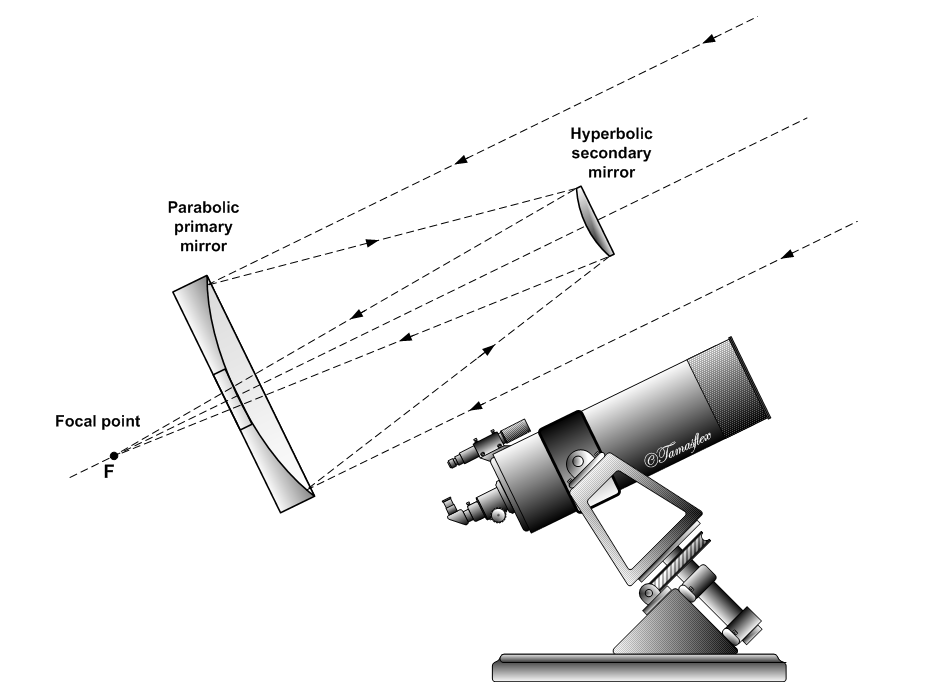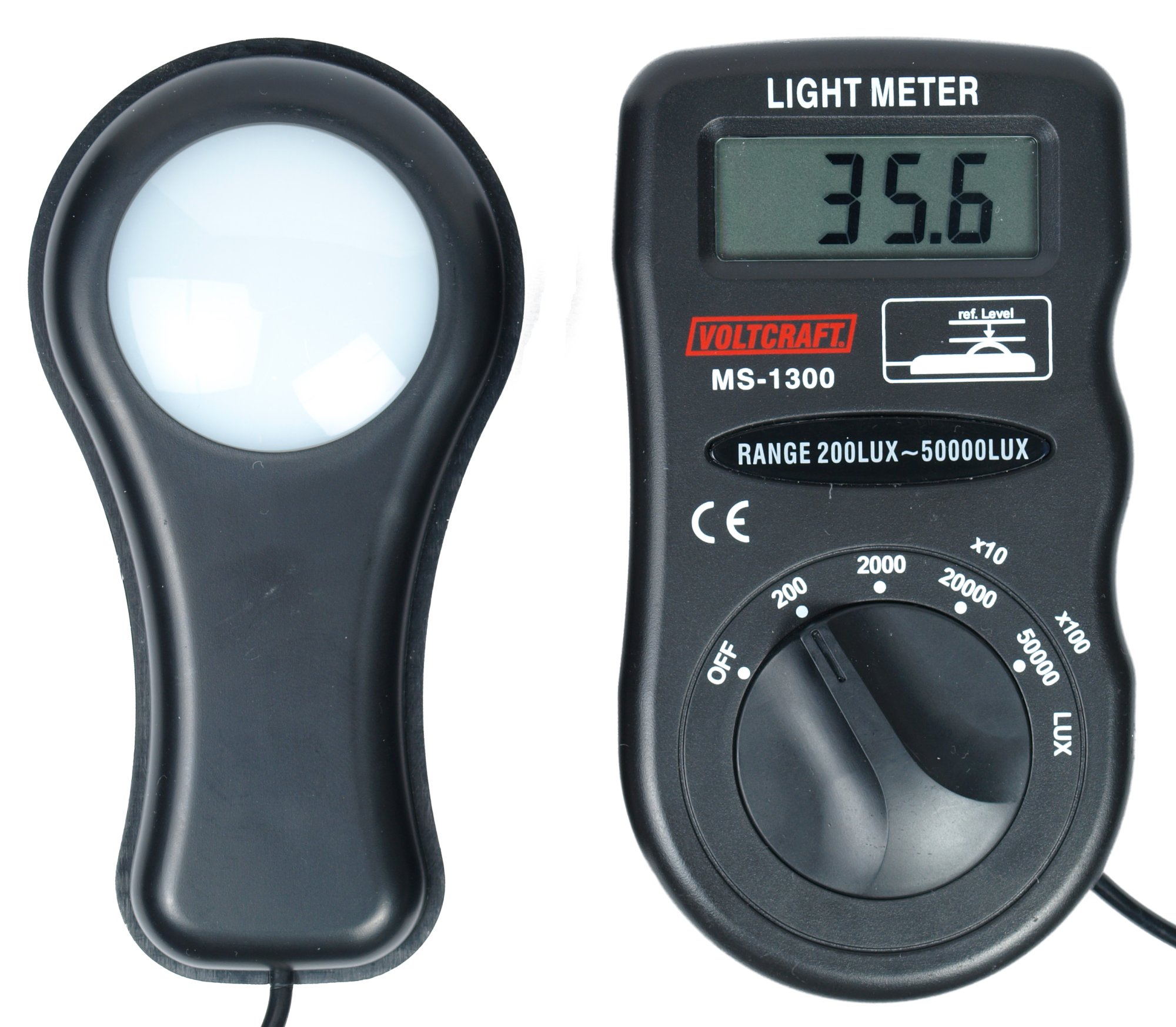|
Ege University Observatory
The Ege University Observatory ( tr, Ege Üniversitesi Gözlemevi, EUO) is a Observatory#Ground-based observatories, ground-based astronomical observatory operated by the Astronomy and Space Sciences Department at Ege University's Faculty of Science. Formally opened on June 22, 1965, it is located in Kurudağ at Kemalpaşa district, east of Izmir in western Turkey. The telescope domes of the observatory are situated at an altitude of while the main building is erected at . The facility was officially renamed Ege University Observatory Application and Research Center ( tr, Ege Üniversitesi Gözlemevi Uygulama ve Araştırma Merkezi) on August 12, 2009. History Soon after the establishment of the Astronomy Department at Ege University in 1963, a project to establish an observatory was developed. Kurudağ was chosen as the location for the observatory, a site far from urban light pollution but close () to the university's campus. The first instruments of the observatory were a 1 ... [...More Info...] [...Related Items...] OR: [Wikipedia] [Google] [Baidu] |
Ege University
Ege University or Aegean University ( tr, Ege Üniversitesi) is a public research university in Bornova, İzmir. It was founded in 1955 with the faculties of Medicine and Agriculture. It is the first university to start courses in İzmir and the fourth oldest university in Turkey. History By 1982, Ege University was one of the largest universities in Turkey with 19 faculties, 9 junior college-type schools and 8 institutes. That same year, part of the university was separated into a new university, Dokuz Eylül University. After the division, Ege University had 7 faculties, 3 junior college-type schools and approximately 9000 students. It currently consists of 15 faculties, 6 junior college-type schools, 10 vocational training schools, 9 institutes and 36 research centres. Academic units Faculties Faculty of LettersFaculty of EducationFaculty of CommunicationFaculty of Economics and Administrative SciencesFaculty of ScienceFaculty of EngineeringFaculty of FisheriesFaculty of ... [...More Info...] [...Related Items...] OR: [Wikipedia] [Google] [Baidu] |
Kemalpaşa
Kemalpaşa is a large town and the center of the district of the same name in İzmir Province, Turkey. Its district area extends immediately to the east of İzmir's easternmost metropolitan district, Bornova, and Kemalpaşa town being at a distance of only from the historical and traditional center of İzmir, ( Konak), it pulsates along with the rhythm of the big city, with corresponding high levels of development in terms of industry and services. İzmir-Ankara highway crosses the district area to the north of the district center. Kemalpaşa district area borders on the administrative divisions of Manisa center in the north, Manisa's depending district of Turgutlu in the east and İzmir's depending districts of Torbalı and Bayındır in the south. The eastern and southern parts of Kemalpaşa district preserve their markedly rural characteristics, which results in an urbanization rate of only 25.7 for the district area as a whole, despite the presence of a strong industrial b ... [...More Info...] [...Related Items...] OR: [Wikipedia] [Google] [Baidu] |
Turkey
Turkey ( tr, Türkiye ), officially the Republic of Türkiye ( tr, Türkiye Cumhuriyeti, links=no ), is a list of transcontinental countries, transcontinental country located mainly on the Anatolia, Anatolian Peninsula in Western Asia, with a East Thrace, small portion on the Balkans, Balkan Peninsula in Southeast Europe. It shares borders with the Black Sea to the north; Georgia (country), Georgia to the northeast; Armenia, Azerbaijan, and Iran to the east; Iraq to the southeast; Syria and the Mediterranean Sea to the south; the Aegean Sea to the west; and Greece and Bulgaria to the northwest. Cyprus is located off the south coast. Turkish people, Turks form the vast majority of the nation's population and Kurds are the largest minority. Ankara is Turkey's capital, while Istanbul is its list of largest cities and towns in Turkey, largest city and financial centre. One of the world's earliest permanently Settler, settled regions, present-day Turkey was home to important Neol ... [...More Info...] [...Related Items...] OR: [Wikipedia] [Google] [Baidu] |
Unitron
Unitron is a US-based company and distributor of optical instruments including stereo microscopes and accessories, binoculars, and classic brass telescopes. The company was founded in 1952 by Lawrence A. Fine as the United Trading Company and located in Boston, MA. He registered the UNITRON trademark in the United States for first use in commerce in February, 1952. The company started out importing smaller ( 1.6" to 4" refractors) that were manufactured by Nihon Seiko of Japan. By 1961 Unitron expanded the product line to include 5" and 6" models that were suited for observatory use. A very small number of the 5" and 6" models were produced. Several of the 6" Model 620's remain operational at observatories to include: Rafes Urban Astronomy Center, Denton, Texas; Castleton State College, Castleton, Vermont, Ferris State University, Big Rapids, Michigan, and the University of Connecticut, Storrs, Connecticut. Fine sold the company in 1975 to Ehrenreich Photo Optical Industries and i ... [...More Info...] [...Related Items...] OR: [Wikipedia] [Google] [Baidu] |
Refracting Telescope
A refracting telescope (also called a refractor) is a type of optical telescope that uses a lens as its objective to form an image (also referred to a dioptric telescope). The refracting telescope design was originally used in spyglasses and astronomical telescopes but is also used for long-focus camera lenses. Although large refracting telescopes were very popular in the second half of the 19th century, for most research purposes, the refracting telescope has been superseded by the reflecting telescope, which allows larger apertures. A refractor's magnification is calculated by dividing the focal length of the objective lens by that of the eyepiece. Refracting telescopes typically have a lens at the front, then a long tube, then an eyepiece or instrumentation at the rear, where the telescope view comes to focus. Originally, telescopes had an objective of one element, but a century later, two and even three element lenses were made. Refracting telescope is a technolog ... [...More Info...] [...Related Items...] OR: [Wikipedia] [Google] [Baidu] |
Reflecting Telescope
A reflecting telescope (also called a reflector) is a telescope that uses a single or a combination of curved mirrors that reflect light and form an image. The reflecting telescope was invented in the 17th century by Isaac Newton as an alternative to the refracting telescope which, at that time, was a design that suffered from severe chromatic aberration. Although reflecting telescopes produce other types of optical aberrations, it is a design that allows for very large diameter objectives. Almost all of the major telescopes used in astronomy research are reflectors. Many variant forms are in use and some employ extra optical elements to improve image quality or place the image in a mechanically advantageous position. Since reflecting telescopes use mirrors, the design is sometimes referred to as a catoptric telescope. From the time of Newton to the 1800s, the mirror itself was made of metal usually speculum metal. This type included Newton's first designs and even the larges ... [...More Info...] [...Related Items...] OR: [Wikipedia] [Google] [Baidu] |
Cassegrain Reflector
The Cassegrain reflector is a combination of a primary concave mirror and a secondary convex mirror, often used in optical telescopes and radio antennas, the main characteristic being that the optical path folds back onto itself, relative to the optical system's primary mirror entrance aperture. This design puts the focal point at a convenient location behind the primary mirror and the convex secondary adds a telephoto effect creating a much longer focal length in a mechanically short system. In a symmetrical Cassegrain both mirrors are aligned about the optical axis, and the primary mirror usually contains a hole in the center, thus permitting the light to reach an eyepiece, a camera, or an image sensor. Alternatively, as in many radio telescopes, the final focus may be in front of the primary. In an asymmetrical Cassegrain, the mirror(s) may be tilted to avoid obscuration of the primary or to avoid the need for a hole in the primary mirror (or both). The classic Cassegrai ... [...More Info...] [...Related Items...] OR: [Wikipedia] [Google] [Baidu] |
Observatory
An observatory is a location used for observing terrestrial, marine, or celestial events. Astronomy, climatology/meteorology, geophysical, oceanography and volcanology are examples of disciplines for which observatories have been constructed. Historically, observatories were as simple as containing an astronomical sextant (for measuring the distance between stars) or Stonehenge (which has some alignments on astronomical phenomena). Astronomical observatories Astronomical observatories are mainly divided into four categories: space-based, airborne, ground-based, and underground-based. Ground-based observatories Ground-based observatories, located on the surface of Earth, are used to make observations in the radio and visible light portions of the electromagnetic spectrum. Most optical telescopes are housed within a dome or similar structure, to protect the delicate instruments from the elements. Telescope domes have a slit or other opening in the roof that can be opened ... [...More Info...] [...Related Items...] OR: [Wikipedia] [Google] [Baidu] |
Light Pollution
Light pollution is the presence of unwanted, inappropriate, or excessive use of artificial lighting. In a descriptive sense, the term ''light pollution'' refers to the effects of any poorly implemented lighting, during the day or night. Light pollution can be understood not only as a phenomenon resulting from a specific source or kind of pollution, but also as a contributor to the wider, collective impact of various sources of pollution. Although this type of pollution can exist throughout the day, its effects are magnified during the night with the contrast of darkness. It has been estimated that 83 percent of the world's people live under light-polluted skies and that 23 percent of the world's land area is affected by skyglow. The area affected by artificial illumination continues to increase. A major side-effect of urbanization, light pollution is blamed for compromising health, disrupting ecosystems, and spoiling aesthetic environments. Globally, it has increased by at least ... [...More Info...] [...Related Items...] OR: [Wikipedia] [Google] [Baidu] |
Foucault Pendulum
The Foucault pendulum or Foucault's pendulum is a simple device named after French physicist Léon Foucault, conceived as an experiment to demonstrate the Earth's rotation. A long and heavy pendulum suspended from the high roof above a circular area was monitored over an extended time period, showing that the plane of oscillation rotated. The pendulum was introduced in 1851 and was the first experiment to give simple, direct evidence of the Earth's rotation. Foucault pendulums today are popular displays in science museums and universities. Original Foucault pendulum The first public exhibition of a Foucault pendulum took place in February 1851 in the Meridian of the Paris Observatory. A few weeks later, Foucault made his most famous pendulum when he suspended a brass-coated lead bob with a wire from the dome of the Panthéon, Paris. The proper period of the pendulum was approximately 2\pi\sqrt\approx 16.5 \,\mathrm. Because the latitude of its location was \phi = \mathrm, t ... [...More Info...] [...Related Items...] OR: [Wikipedia] [Google] [Baidu] |
Photometer
A photometer is an instrument that measures the strength of electromagnetic radiation in the range from ultraviolet to infrared and including the visible spectrum. Most photometers convert light into an electric current using a photoresistor, photodiode, or photomultiplier. Photometers measure: * Illuminance * Irradiance * Light absorption * Scattering of light *Reflection of light *Fluorescence * Phosphorescence * Luminescence History Before electronic light sensitive elements were developed, photometry was done by estimation by the eye. The relative luminous flux of a source was compared with a standard source. The photometer is placed such that the illuminance from the source being investigated is equal to the standard source, as the human eye can judge equal illuminance. The relative luminous fluxes can then be calculated as the illuminance decreases proportionally to the inverse square of distance. A standard example of such a photometer consists of a piece of paper ... [...More Info...] [...Related Items...] OR: [Wikipedia] [Google] [Baidu] |






